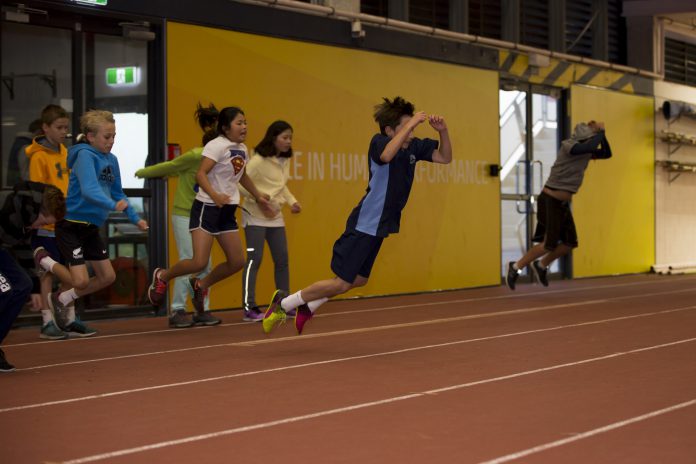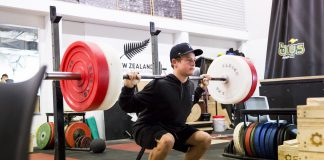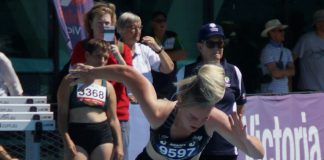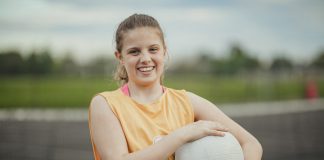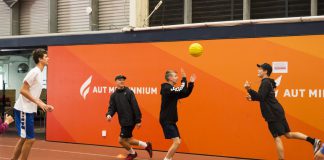One of my favourite Olympic events is the gymnastics. Why? I like the variation in apparatus. The rings, bars, vault, floor, the gymnast does it all. Which keeps it interesting. But even more, I love the athleticism. The way the athletes control their bodies to perform incredible feats of coordination, strength and power is captivating. Here’s a taste of what I mean.
Inspired? I certainly am.
What Makes Them So Good?
Practice. Hours and hours of practice. Starting from a young age with the basics and progressing to more advanced levels over time. And the result? An incredible level of movement skill – the process by which the brain controls the body – specific to the sport.
Movement skill involves the central nervous system and the musculoskeletal systems (i.e., muscles and bones) working together to produce a desired movement or action. It happens by integrating sensory input about the world and the current state of the body and using it to activate and coordinate muscles and joints in a particular way.
The gymnast in the video receives information throughout her performance from her body (e.g., what she sees and feels) as well as information from her environment (e.g., the space she has to work in). She reacts by organising and processing the information in her brain to move her body the right way to perform successfully (e.g., exactly how high to jump for each trick).
Now, not everyone needs the movement skill of an Olympic gymnast. But a fundamental level is essential for children. Here’s why.
A robust foundation of movement skill in the early years prolongs engagement and enjoyment in sport and physical activity.
Not only does it allow kids to progress to and execute a range of more complex and combined movement skills – necessary for personal accomplishment or to achieve at higher levels of sport – but it increases physical activity engagement, correlates highly with academic achievement, and improves physical, psychological and behavioural outcomes in later life.
Movement Skill Development is Questionable
However, right now, at this very moment, how we’re developing movement skill in our kids is questionable. First, much of the physical activity and sport involvement for our children and adolescents focuses on short-term ‘fitness’ outcomes, with the assumption that this will in some way translate to a lifelong fitness habit. Unfortunately, this idea is promoted without evidence. Second, while some programmes and resources exist that emphasise fundamental movement skill development, they lack focus on how kids are moving. And when it comes to developing movement skill, more is not necessarily better. Quality is essential.
So, what’s the answer?
We need to focus on improving movement skill competence.
Quality programmes that teach fundamental movements (e.g., jumping and landing) as well as targeted strength and stability exercises, and that use effective coaching and feedback, are required to develop movement skill appropriately.
What’s more, psychological and behavioural components that recognise and address varying motivations, beliefs and abilities must also be incorporated to guarantee a child’s perceived ability is improving, thereby providing positive physical activity and sporting experiences.
Young people must also be taught the skills (e.g., self-efficacy, resilience) to overcome associated risk factors (e.g., screen time, injury) and cope with the everyday stressors they encounter, such as social and peer pressure.
Maybe we could start with forward rolls and cartwheels?
Be the best you can be.

























